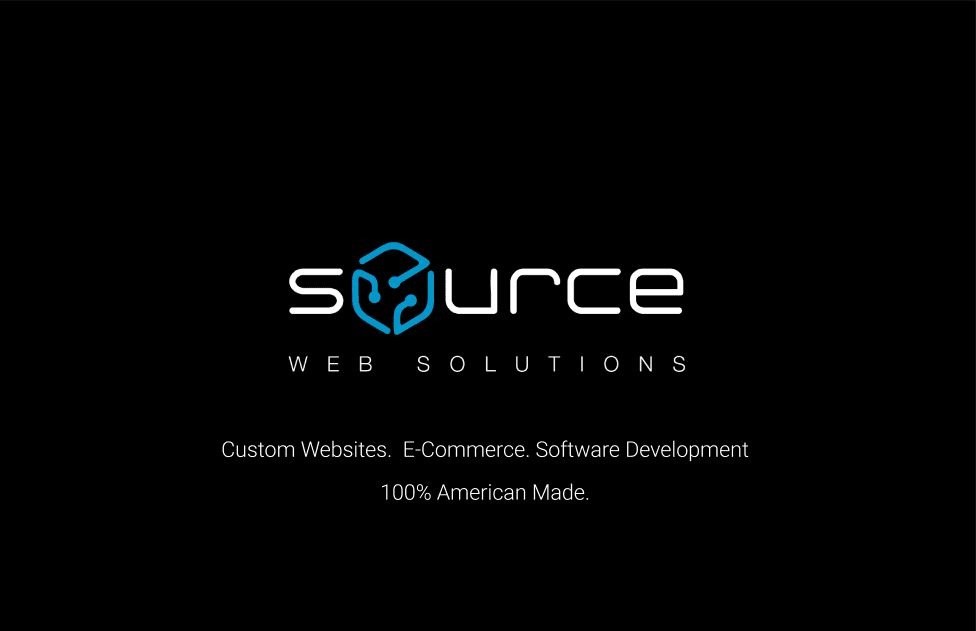No doubt if you’ve ever had to look for a development team for your web project, you’ve seen terminology that seems to be all over the place. There are mobile apps, SaaS Software, applications, software… The list goes on and on. You most likely already know the benefits of a Web Application/Portal – It can be accessed anywhere in the world, 24/7!
Quite Simply: A Web Application is a more general term for a Web Portal
A Web Portal is a TYPE of Web Application. Example: A Ford F-150 is a type of Pickup Truck. A Web Portal is a type of Web Application.
So, if you thought these two terms were the same thing, then what are some other examples of Web Applications? We will use some examples from work we’ve done in the past:
Examples of Web Portals:
- Online Energy Calculator: The energy calculator, developed for Goodman/Amana, allowed for a customer to come to the website, fill out information, and then determine which air conditioner would best suit their house, area, and budget.
- Collectors Archives – BigCommerce Connector: We developed a connector between one of the largest E-Commerce systems and a separate website. The application part of it was in between the E-Commerce system and the website. The whole purpose of the Web Application was to connect the two together and transmit information.
- Drive Time Calculator: Anyone can go to Google right now and type in directions and get a very accurate assessment. But what if you wanted to perform actions based on the drive times, and what if you wanted to record these drive times automatically? A Web Application is perfect to take the input from Google, run some processes (all online), and then provide an output. In this case, a table and a report that can be viewed online that showed drive times across an entire organization!
So generally, a Web Application can be almost anything that takes inputs and provides an output – It just happens to be online. Another great example is word processing. Back in the day, if you wanted Word Processing, you have to install a program like Microsoft Word. Today, there are Web Applications like Google Docs that allow you to do Word Processing online. You no longer need to “install” anything – You just go to a website and do your work there.
Now, for Web Portals. A Web Portal is more specific. In most cases, a web portal allows for users to log in to a secure area to perform work. Think of “extranets” and “intranets” from years past – Except it’s 100% online with no back office system needed!
- Credit Card payments: Chances are, you’ve paid a credit card payment online. You log in to a secure area, you put in your payment info, they process, and you see your payment history. This is a great example of a Web Portal. It’s also a Web Application in that it is processing payments online!
- Education Portal (like Blackboard, for example!): For the people who’ve been in college the past 10 years, you’ve probably had a User ID and Password to some school system online that you logged in to to see grades, submit homework, etc. It connected you with your teacher and class. A portals main purpose is to connect in this way.
Overall, one of the main differences is with portals, there usually is a login and some kind of connectivity between you and another entity. In the case of the credit card payment, the portal connected you with the company you have the card with. Hopefully this has shed some light on how similar a Portal and Application are.
There are a million and one applications out there and in many cases, each person has a unique need. We can help! If you need any assistance and want to discuss your specific application/portal, feel free to give us a call at 281-903-5374.

